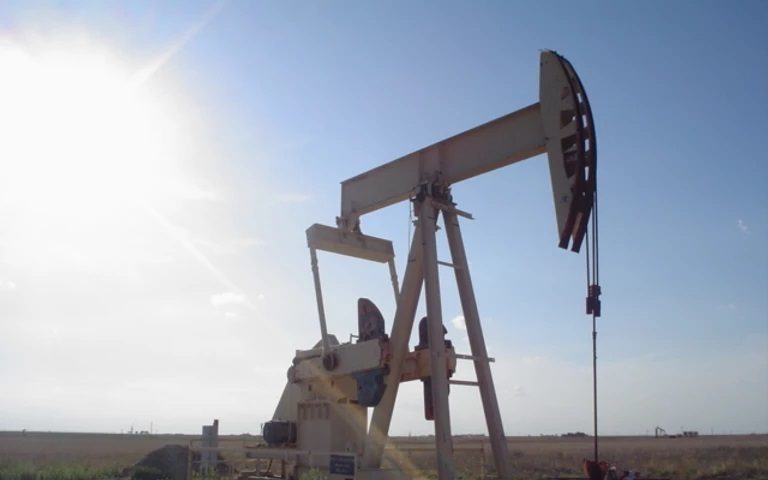There are currently over 1,400 drilled but uncompleted oil and gas wells in the Eagle Ford shale alone. There are almost 1,000 DUCs in North Dakota alone. In other words, DUCs seem to be an effect of low oil prices. As companies hope to see the price increase, they have incentives to not complete their well.
Are there any problems with a DUC?
First, depending on the state you are operating, state law may require you to complete a well within a short period of time. North Dakota’s Industrial Commission, for example, recently changed their regulations to allow a well to sit uncompleted for up to two years.
More importantly, however, your oil and gas lease may lapse with an uncompleted well. A typical oil and gas lease will have a habendum clause similar to this: “This lease shall be for a term of 3 years and as long thereafter as oil, gas, or other minerals are produced from said land.” The problem with a DUC, of course, is that no oil or gas is being produced. Oil and gas lawyers use the term “production in paying quantities” which means the income is more than the operating and marketing expenses. The other typical oil and gas lease clauses that may save the lease are the shut in royalty clause and the continuous development clause.
Shut in Royalties
A shut in royalty clause permits the Lessee to shut in the well in return for making payment to the Lessor of a contractually specified amount of cash. Depending on how your shut in royalty clause is worded, however, the operator may still have to show the well is capable of producing hydrocarbons in paying quantities.
Continuous Development Clause
The purpose of the continuous development clause is to incentivize the lessee to continue drilling more wells over time in order to hold all the acreage in the lease, especially after the primary term has expired. The idea behind this clause is that the lessee should have a reasonable time to fully develop the leased premises, after which the lessee should release the portion of the leased premise not necessary for the production of the wells it has drilled. A typical continuous development clause looks like this:
… lessee shall conduct a continuous drilling program on the lands covered by this lease, with no more than 120 days between the completion of one well and the commencement of operations for the drilling of a succeeding well… Upon cessation of such continuous drilling program, this lease shall terminate as to all lands covered hereby except for lands that are contained within a spacing or proration unit for which there is a producing oil or gas well.
The question then becomes what is “completion.” Is it when the initial potential test is run? Is it when the total depth is reach? Is it the date certified to the Railroad Commission that the well was completed? If you do not define completion, it can be an open question.
by Edward M. Wilhelm
Edward Wilhelm and Jack Wilhelm provide assistance to buyers and sellers of oil and gas properties.
THE WILHELM LAW FIRM, 5524 Bee Caves Rd., Ste B-5, West Avenue, Austin, Texas 78746; (512) 236 8400 (phone); (www.wilhelmlaw.net
DISCLAIMER: The information on this site is not intended to and does not offer legal advice, legal recommendations or legal representation on any matter. You need to consult an attorney in person for legal advice regarding your individual situation.

